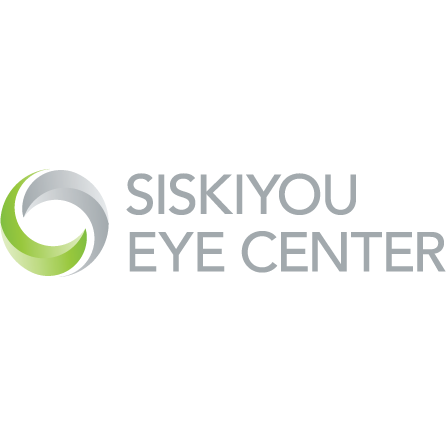
During cataract surgery we replace the cloudy lens of the eye with an artificial lens implant, restoring your eye’s inherent potential for vision.
This technology, called an intraocular lens implant (IOL) has been successfully used for over thirty years. Although this eliminates the cloudiness caused by the cataract, you may still need glasses to correct for other vision problems not related to the cataract.
However, advances in technology now make it possible to choose premium lens implants that may further reduce, or even eliminate, the need for reading glasses by simultaneously correcting for other vision-related problems such as astigmatism and nearsightedness.
The lens types available include:
- Alcon AcrySof® IQ ReSTOR®
- Alcon AcrySof® IQ PanOptix®
- Alcon AcrySof® IQ PanOptix® Toric
- Johnson + Johnson TECNIS® Multifocal
- Johnson + Johnson TECNIS® Symfony®
- Johnson + Johnson TECNIS® Symfony® Toric
These newer lenses have additional costs associated with them that are not typically covered by insurance. Prior to surgery, we’ll review all of your options in detail and help you select the lenses that best meet your needs.
Vision Correction Options
There are essentially four options for correcting vision during cataract surgery:
